The average organization uses 400 data sources to power its business intelligence and analytics systems. As a result, sorting through data, building unique dashboards, and generating insights has become a never-ending struggle.
AI solutions simplify business analytics procedures, allowing for data-driven decisions and best business outcomes. Here’s everything you need to know about using these tools in your organization.
ChatGPT
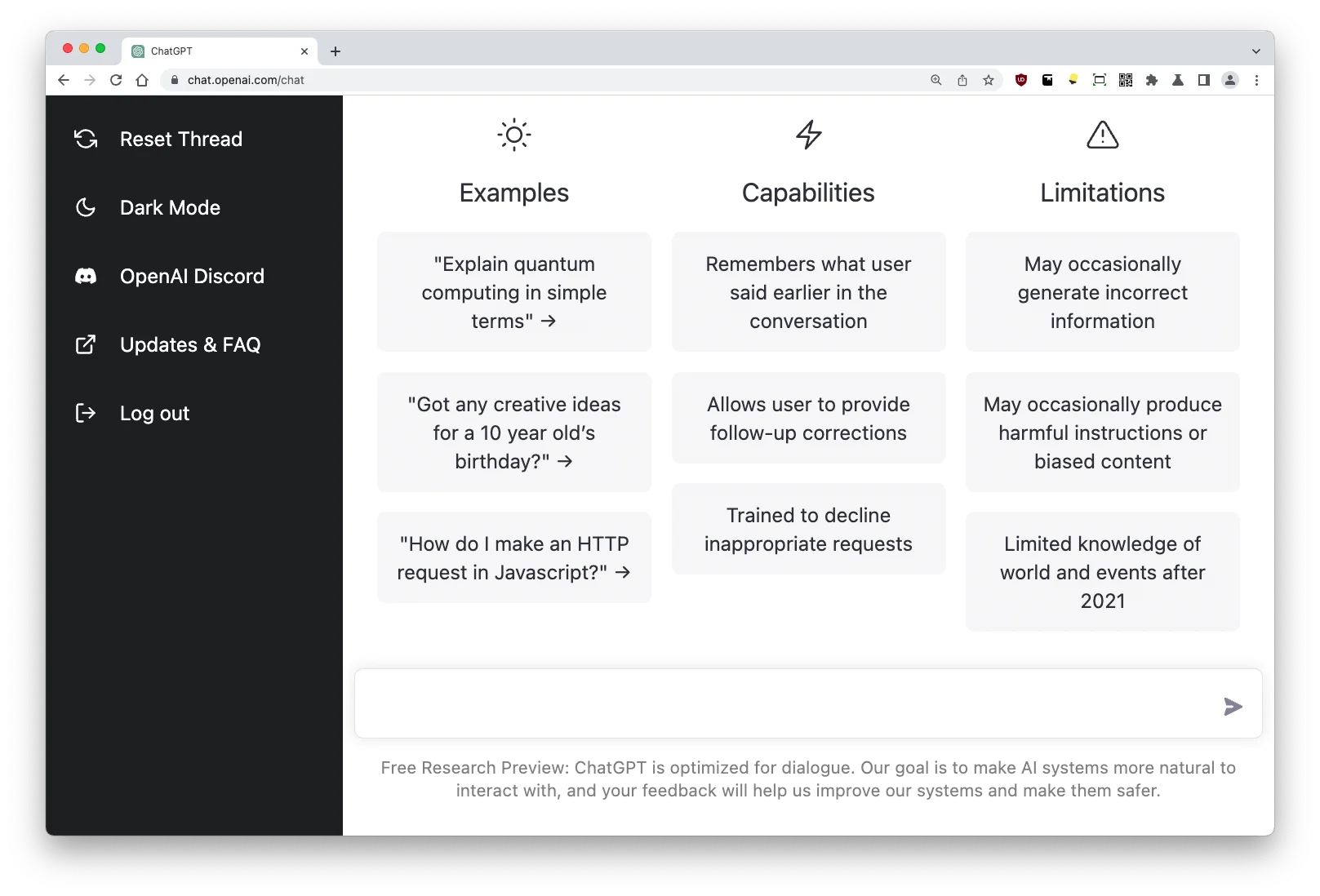
ChatGPT is an AI-powered language model developed by OpenAI that excels in generating human-like text responses based on context and conversations.
Key Features and Capabilities:
- Conversational Abilities: Engage in discussions, respond to inquiries, and follow instructions.
- Text Generation: Create content for various purposes like blog articles, marketing materials, and document summaries.
- Language Translation: Proficiently translate text across multiple languages.
Real-world Use Cases or Examples:
ChatGPT is utilized for crafting engaging blog posts, generating marketing content, and facilitating language translations seamlessly.
Polymer
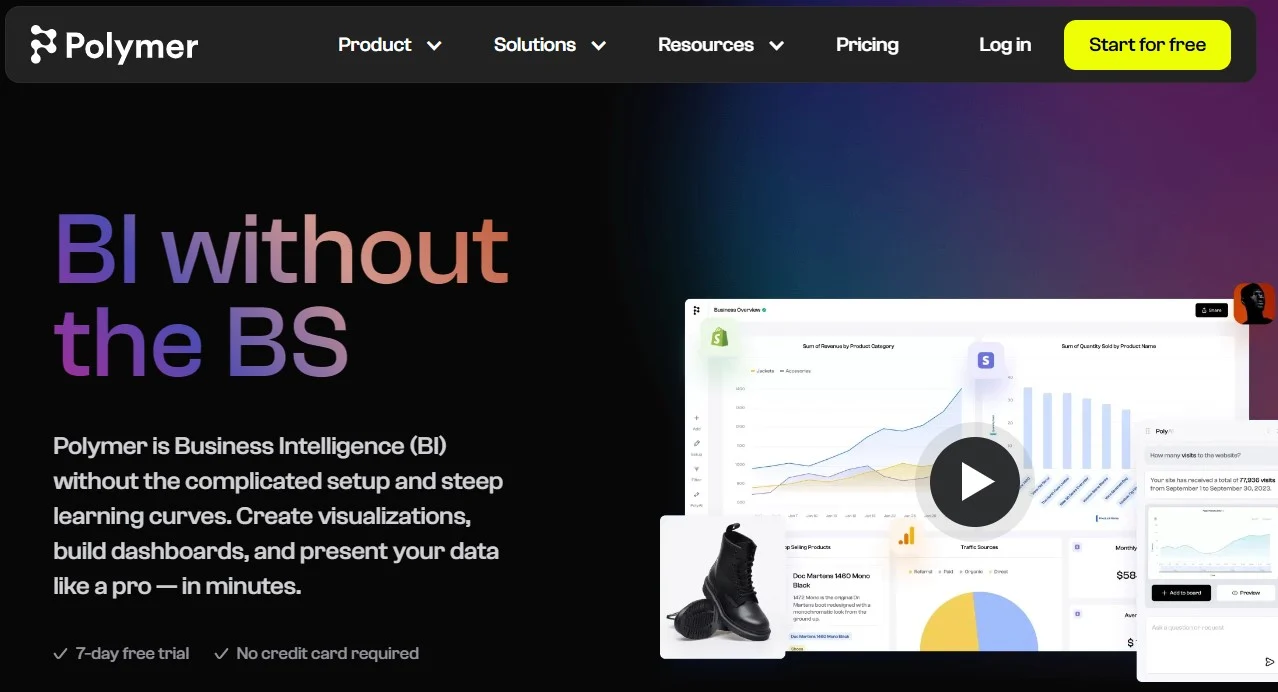
Polymer is a versatile AI tool designed for data analysis and forecasting, empowering users to analyze data, predict outcomes, and segment lead lists effectively.
Key Features and Capabilities:
- Lead Scoring: Qualify and segment lead lists efficiently.
- Forecasting: Predict future outcomes based on existing data.
- Intuitive Interface: User-friendly platform for seamless data analysis.
Real-world Use Cases or Examples:
Businesses leverage Polymer to analyze data trends, predict future scenarios, and enhance decision-making processes.
MonkeyLearn
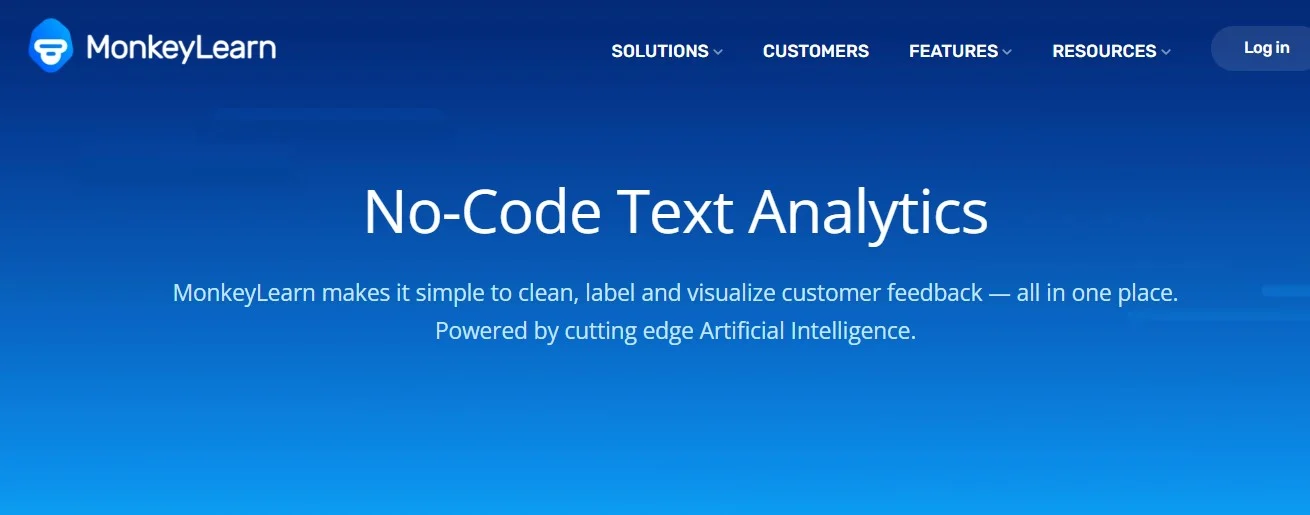
MonkeyLearn is a powerful AI tool tailored for text analysis, enabling users to extract insights from textual data effortlessly.
Key Features and Capabilities:
- Text Analysis: Analyze text data to derive meaningful insights.
- Sentiment Analysis: Understand sentiment from text inputs.
- Customizable Models: Tailor models to specific business needs.
Real-world Use Cases or Examples:
MonkeyLearn is instrumental in sentiment analysis for customer feedback, categorizing support tickets efficiently, and extracting key information from text data.
Microsoft Power BI
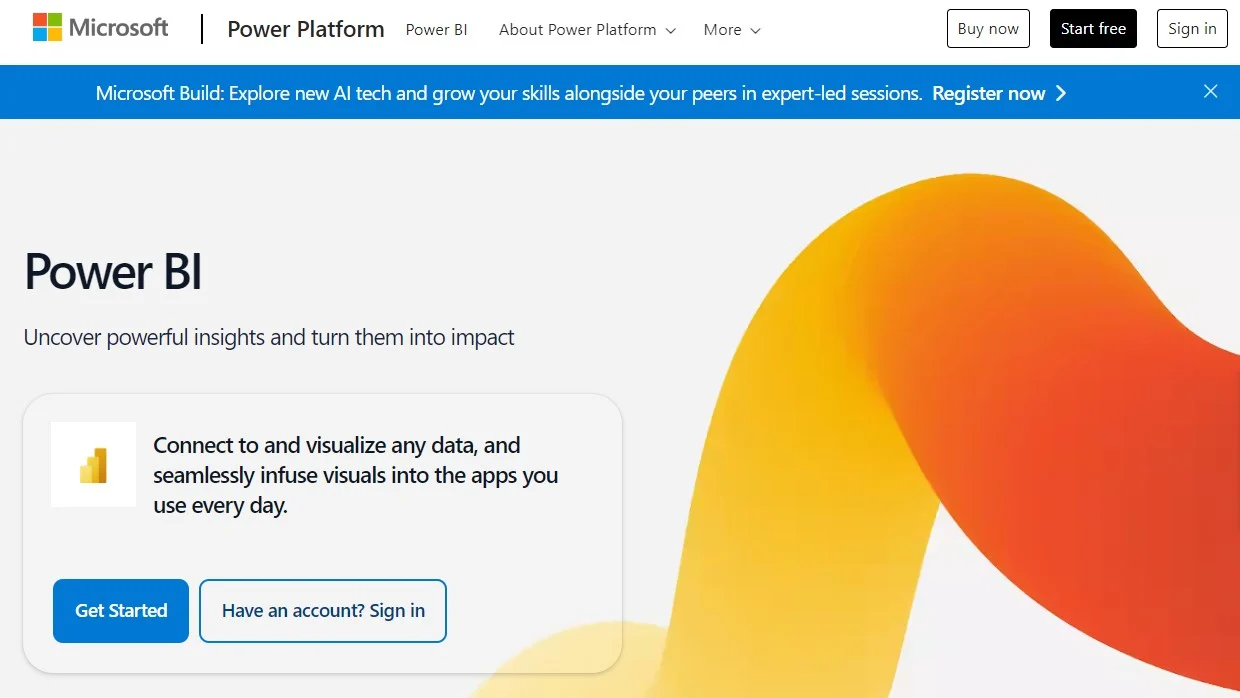
Microsoft Power BI is a robust business analytics tool that allows users to visualize data, create reports, and derive insights without the need for extensive coding.
Key Features and Capabilities:
- Data Visualization: Create interactive visualizations for better understanding.
- Report Generation: Generate comprehensive reports with ease.
- Machine Learning Integration: Incorporate machine learning models into data analysis processes.
Real-world Use Cases or Examples:
Organizations utilize Microsoft Power BI for creating dynamic dashboards, analyzing sales trends, and making data-driven decisions across various departments.
Sisense
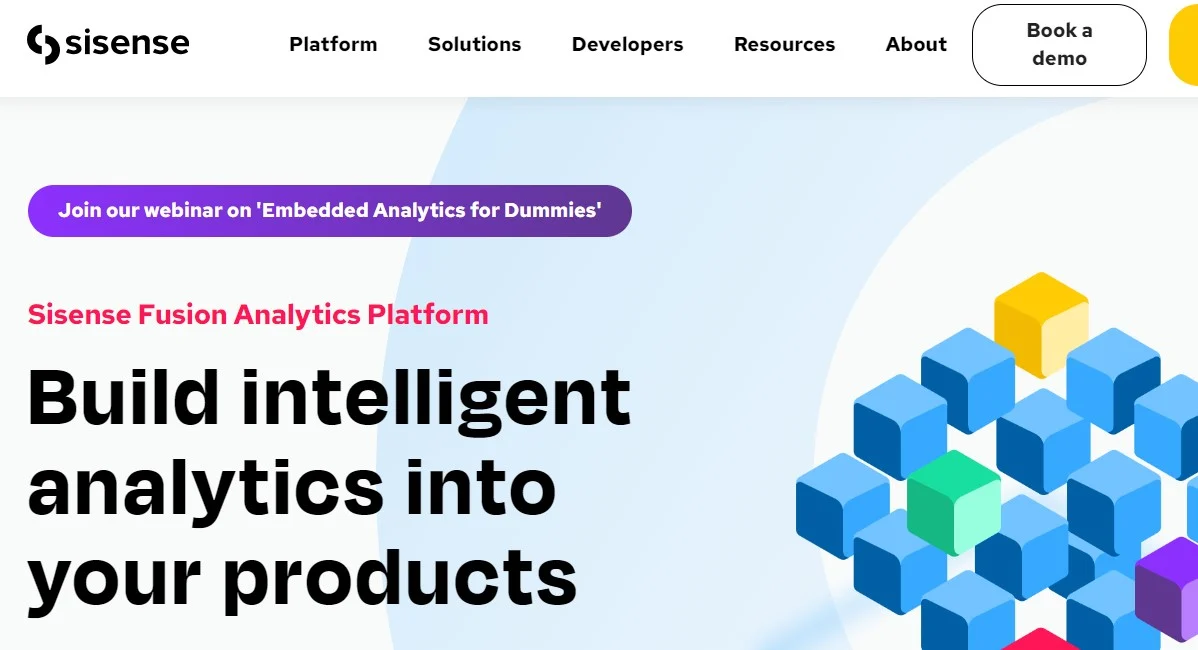
Sisense is a comprehensive business intelligence tool that empowers users to explore complex datasets, collaborate effectively, and derive actionable insights.
Key Features and Capabilities:
- Data Exploration: Dive deep into complex datasets with ease.
- Collaboration Tools: Facilitate teamwork through shared dashboards and workflows.
- Advanced Data Modeling: Build sophisticated models for in-depth analysis.
Real-world Use Cases or Examples:
Sisense is instrumental in analyzing customer behavior patterns, optimizing marketing strategies, and enhancing operational efficiency through data-driven insights.
Akkio
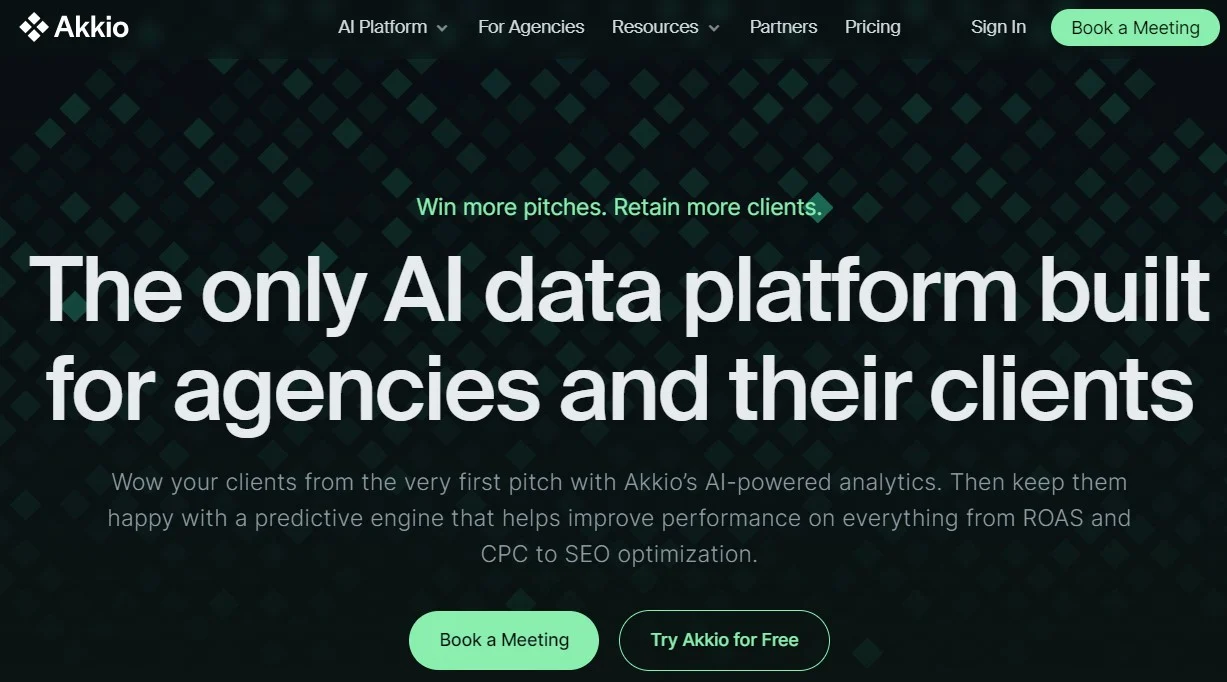
Akkio is a user-friendly business analytics tool focused on predictive analytics and lead scoring capabilities to enhance decision-making processes.
Key Features and Capabilities:
- Predictive Analytics: Forecast future outcomes based on historical data.
- Lead Scoring: Qualify leads efficiently to prioritize sales efforts.
- Intuitive Interface: Easy-to-use platform for predictive modeling tasks.
Real-world Use Cases or Examples:
Akkio is utilized for predicting customer churn rates, optimizing marketing campaigns based on predictive insights, and segmenting leads effectively for targeted outreach strategies.
Google Looker
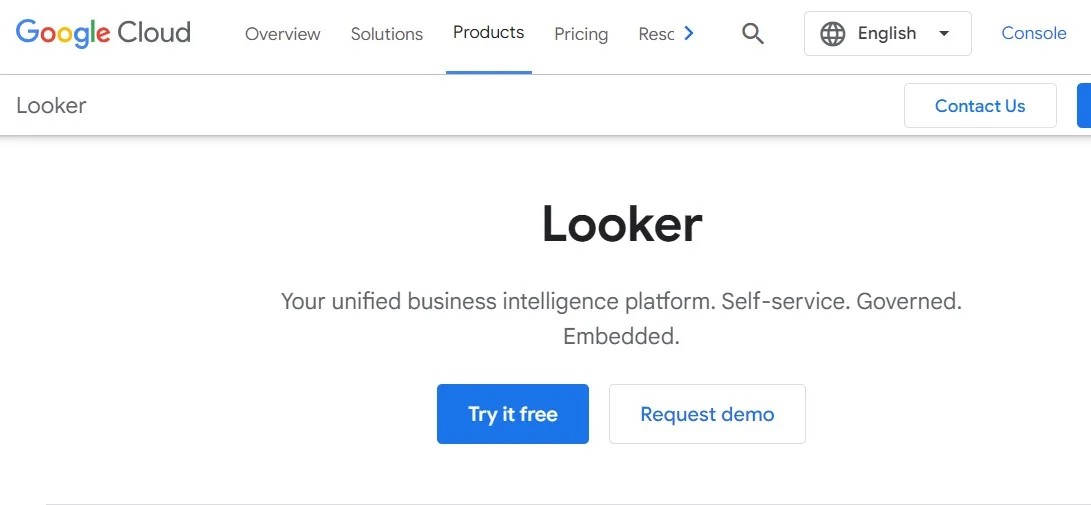
Google Looker is a no-code data analysis tool that enables users to create insightful dashboards, reports, and visualizations seamlessly.
Key Features and Capabilities:
- Data Integration: Consolidate multiple data sources into one platform.
- Advanced Data Modeling: Build complex models for detailed analysis.
- Multiple Integrations: Seamlessly connect with various tools for enhanced functionality.
Real-world Use Cases or Examples:
Google Looker is employed for analyzing sales performance metrics, tracking marketing campaign effectiveness, and visualizing operational KPIs for informed decision-making.
Qlik Sense
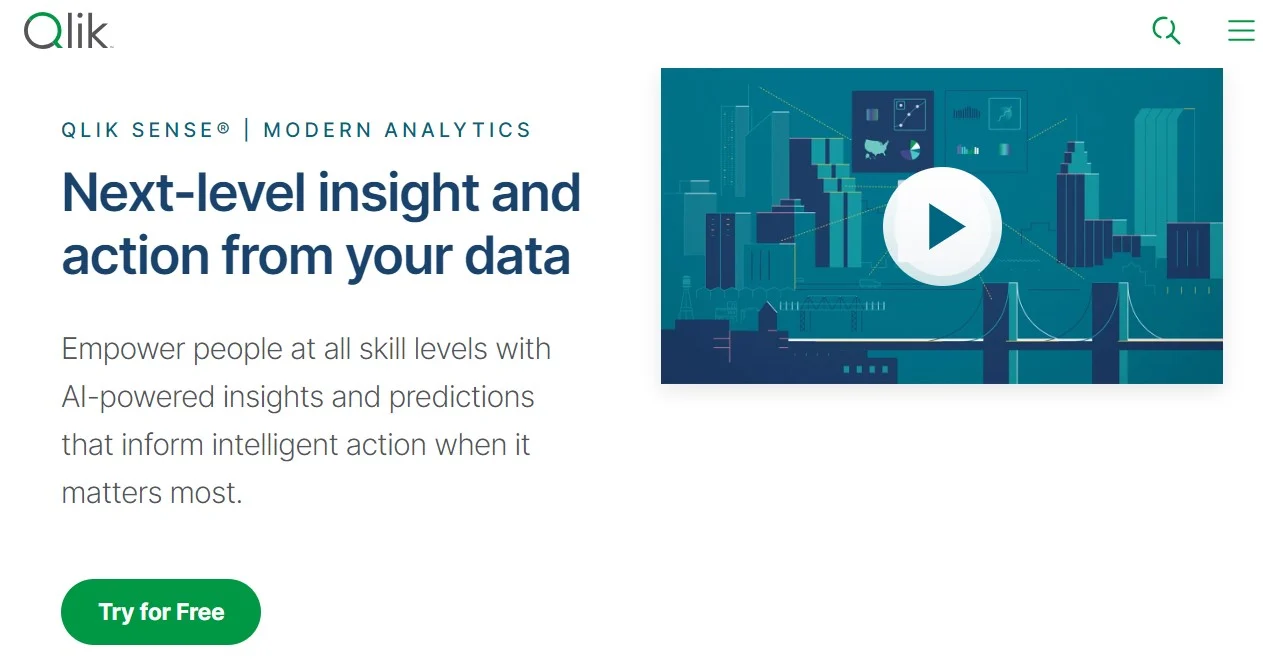
Qlik Sense is a versatile business intelligence tool that leverages AI technology to enable users to explore data visually and derive actionable insights effortlessly.
Key Features and Capabilities:
- Data Visualization: Create interactive visualizations for enhanced understanding.
- Collaborative Workflows: Foster teamwork through shared analytics projects.
- AI-driven Insights: Derive valuable insights from complex datasets using AI algorithms.
Real-world Use Cases or Examples:
Qlik Sense is utilized for analyzing supply chain performance metrics, optimizing inventory management processes, and identifying sales trends for strategic decision-making.
Splunk
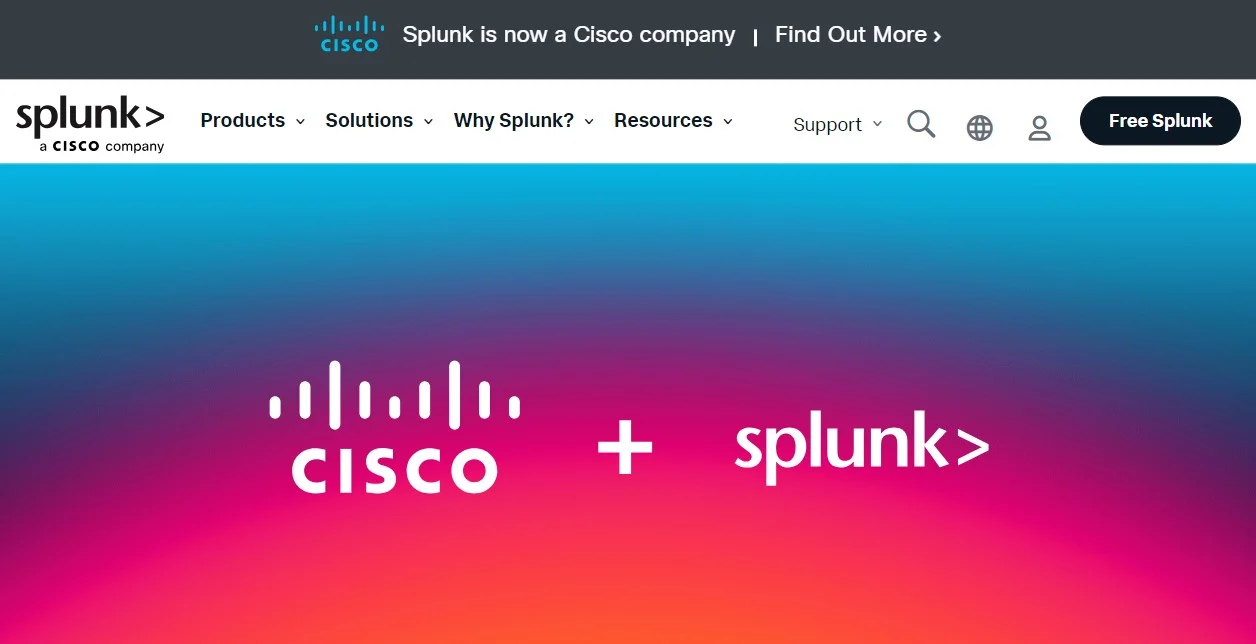
Splunk is a powerful platform designed for real-time monitoring, analysis of machine-generated data streams, and deriving operational intelligence insights.
Key Features and Capabilities:
- Real-time Monitoring: Monitor machine-generated data streams in real-time.
- Operational Intelligence: Derive actionable insights from operational data.
- Machine Learning Integration: Incorporate machine learning models into data analysis processes.
Real-world Use Cases or Examples:
Splunk is instrumental in monitoring cybersecurity threats in real-time, analyzing IT infrastructure performance metrics proactively, and optimizing network operations through actionable intelligence insights.
RapidMiner
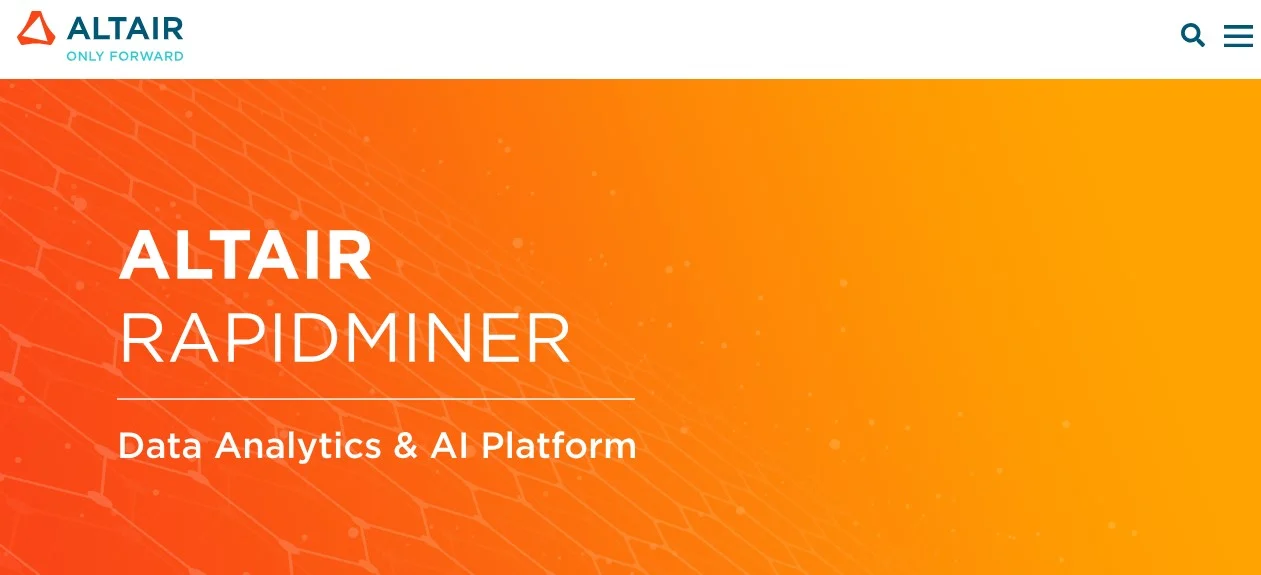
RapidMiner is an end-to-end data science platform that empowers organizations to build predictive models, automate machine learning workflows, and derive valuable insights from their data assets.
Key Features and Capabilities:
- Predictive Modeling: Build accurate predictive models without extensive coding.
- Automated Machine Learning Workflows: Streamline machine learning processes with automation.
- Data Visualization Tools: Create interactive visualizations to communicate insights effectively.
Real-world Use Cases or Examples:
RapidMiner is utilized for predicting customer behavior patterns in retail settings, optimizing marketing campaigns through predictive analytics insights, and automating fraud detection processes in financial institutions.
KNIME
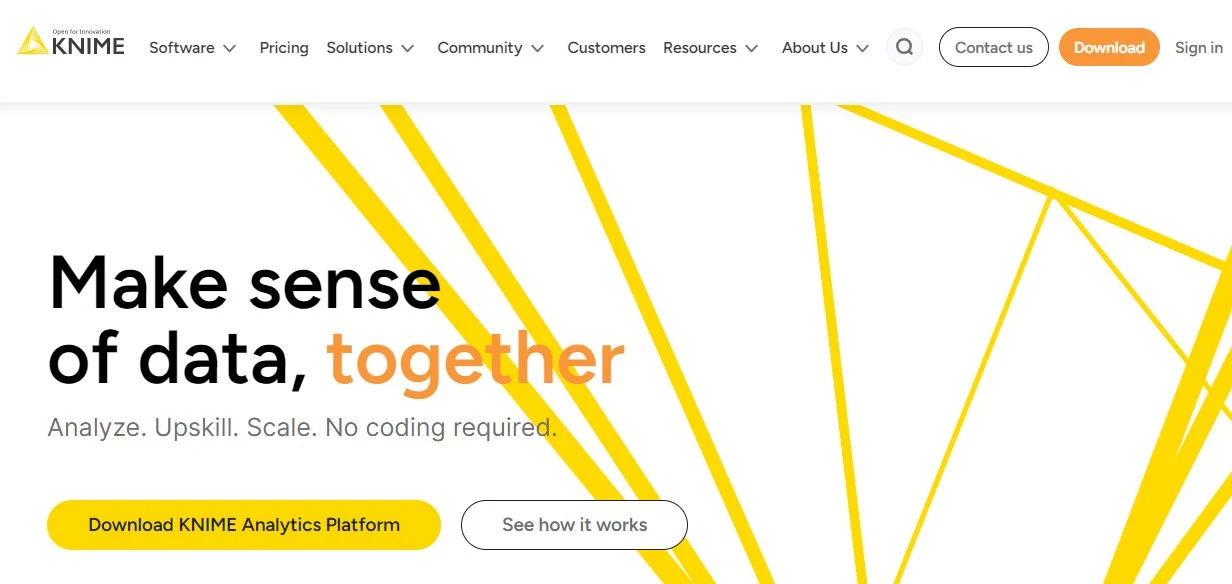
KNIME is an open-source platform that enables users to create data science workflows visually by connecting various nodes representing different analytical tasks seamlessly.
Key Features and Capabilities:
- Visual Workflow Creation: Build complex analytical workflows visually without coding.
- Extensive Node Repository: Access a wide range of nodes for diverse analytical tasks.
- Integration Capabilities: Seamlessly integrate with various databases and tools for enhanced functionality.
Real-world Use Cases or Examples:
KNIME is employed for sentiment analysis of social media data streams, automating customer segmentation processes in e-commerce platforms, and predicting equipment failure rates in manufacturing
Domo
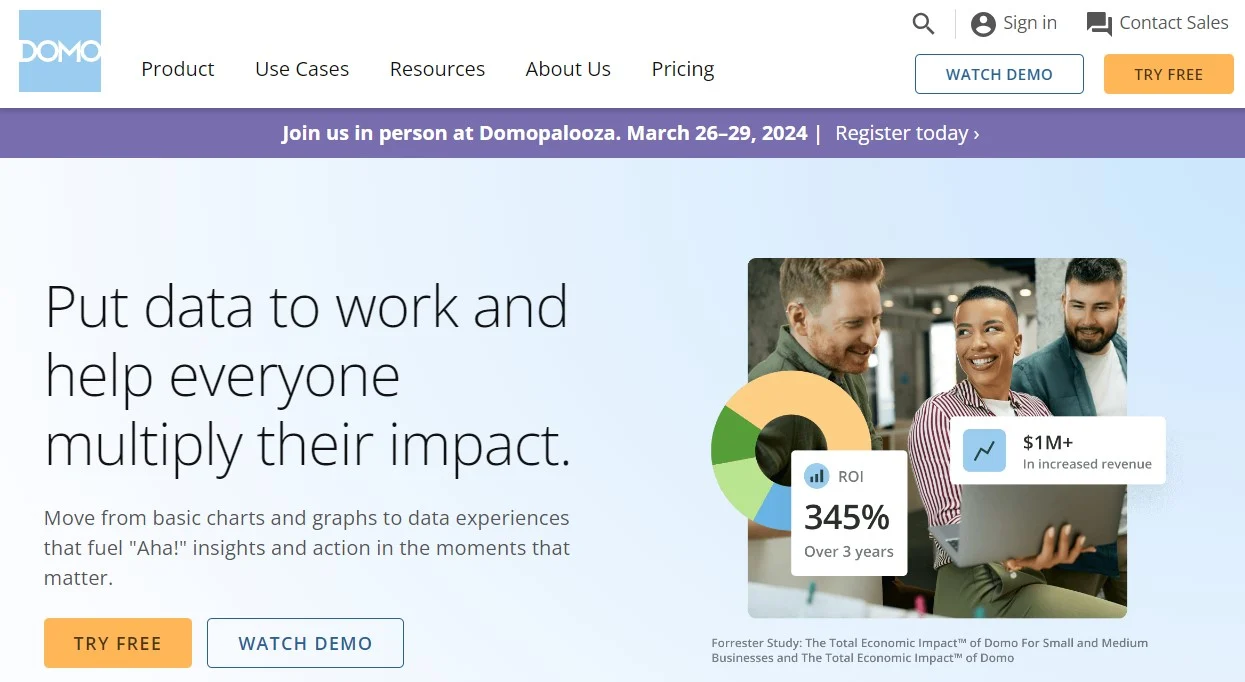
Domo is a comprehensive business intelligence and data visualization platform that empowers users to connect, analyze, and visualize data from various sources to gain valuable insights and drive business performance.
Key Features and Capabilities:
- Data Integration: Consolidate data from multiple sources for comprehensive analysis.
- Visual Data Exploration: Create interactive dashboards and reports for data visualization.
- Predictive Analytics: Utilize AI-driven insights for forecasting and trend analysis.
Real-world Use Cases or Examples:
Domo is utilized by businesses to track key performance indicators, monitor sales trends, and optimize operational processes through data-driven decision-making.
Conclusion
AI-powered data analytics solutions free up your business analysts’ time to focus on strategy and use data insights to solve business problems. In short, organizations that use AI for business analytics will be a step ahead of those that do not.
Check out our beginning, intermediate, and advanced data, AI, and machine learning courses to equip your teams with the necessary knowledge and abilities.
